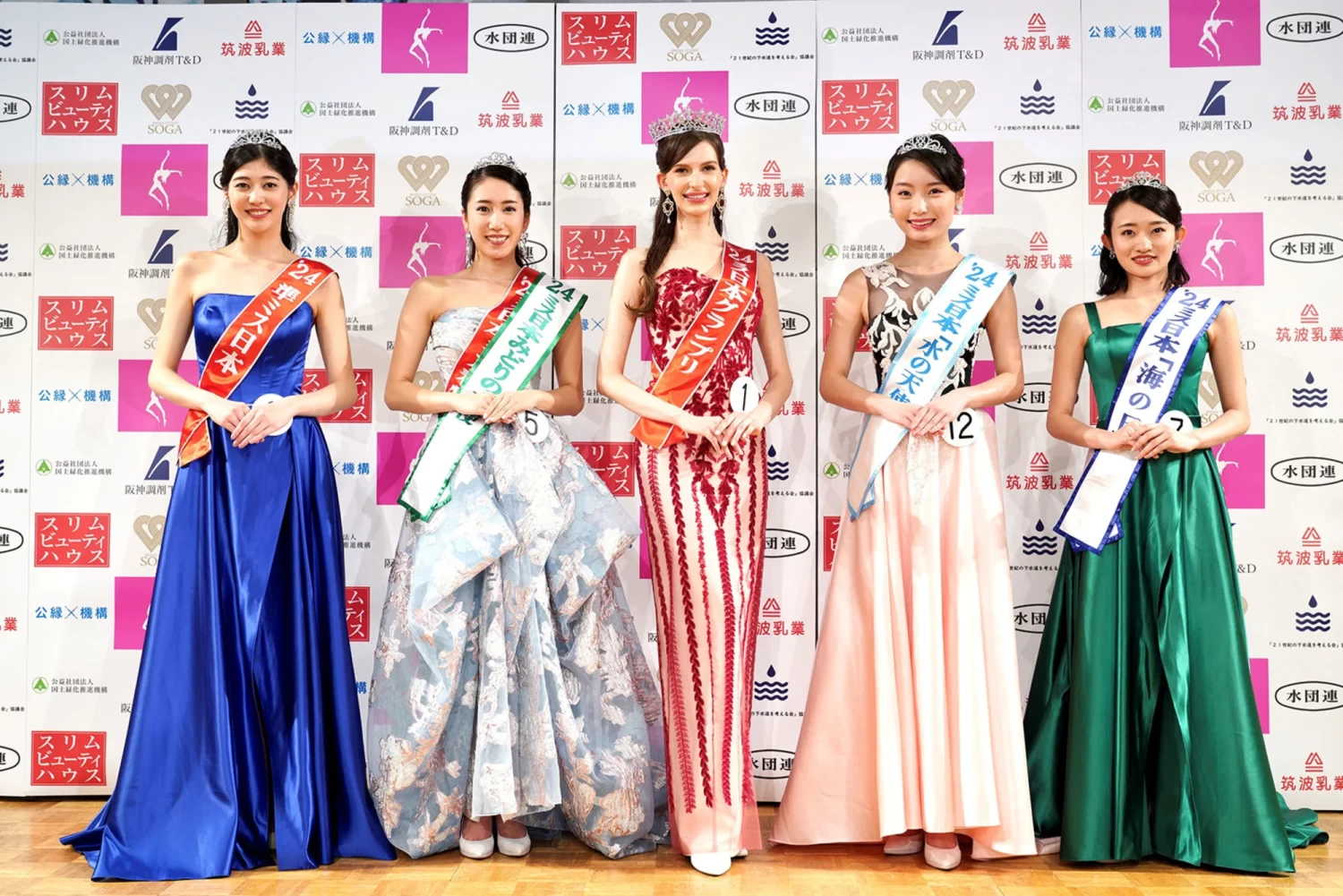This article is more than
1 year oldInside Japan’s ‘miracle town,’ where the birth rate is soaring amid a demographic crisis
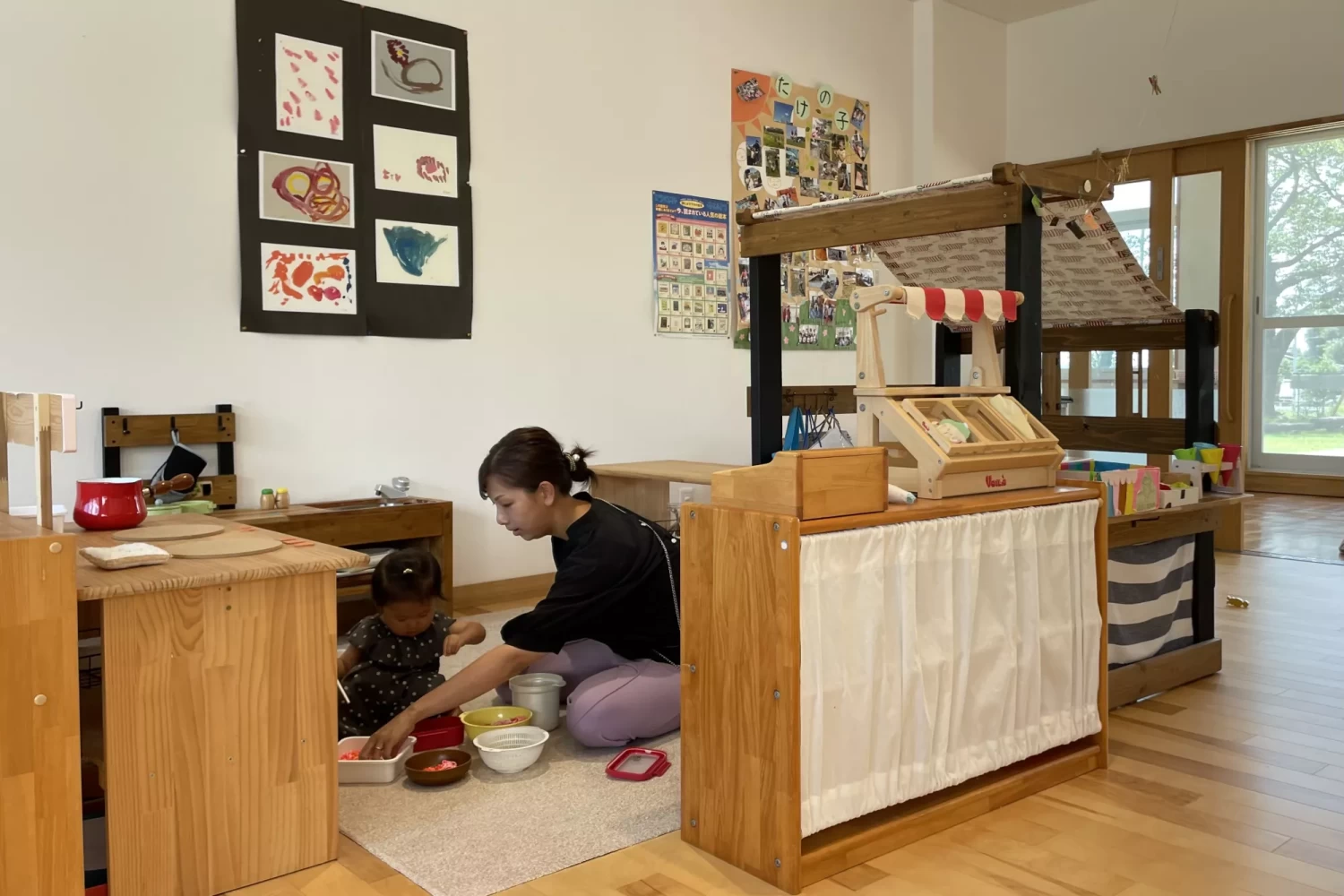
But visitors are flocking to Nagi from across Japan and even other countries these days out of reverence, and maybe a touch of envy, for its spectacular success at producing something else: babies.
In a nation struggling with record low birth rates and population decline, Nagi has become known as a “miracle town,” where nearly half of the households have three or more children. Far from the bustling cacophony of cities like Tokyo, mothers here chat leisurely as their children’s laughter rings through the fields, and shrug off official hand-wringing over a dearth of youngsters.
“I can’t really feel the birth rate issue,” said Sachie Genba, 42, who grew up in the neighboring city of Tsuyama and is raising her two children in Nagi. “Many mothers here even have four children.”

(Mitsunori Chigita / Associated Press)
The Japanese government is eager to unlock the secret of Nagi’s fecundity, which in 2019 resulted in an impressive local fertility rate of 2.95 — the average number of children a woman there will bear in her lifetime. By contrast, the national fertility rate fell to 1.26 last year, well below the 2.1 figure that demographers estimate is needed to ensure a stable population.
Fewer babies mean a steadily shrinking workforce that will be unable to support the country’s elderly as their numbers grow. Prime Minister Fumio Kishida has warned that Japan is already on the brink of being unable to maintain its social security system.
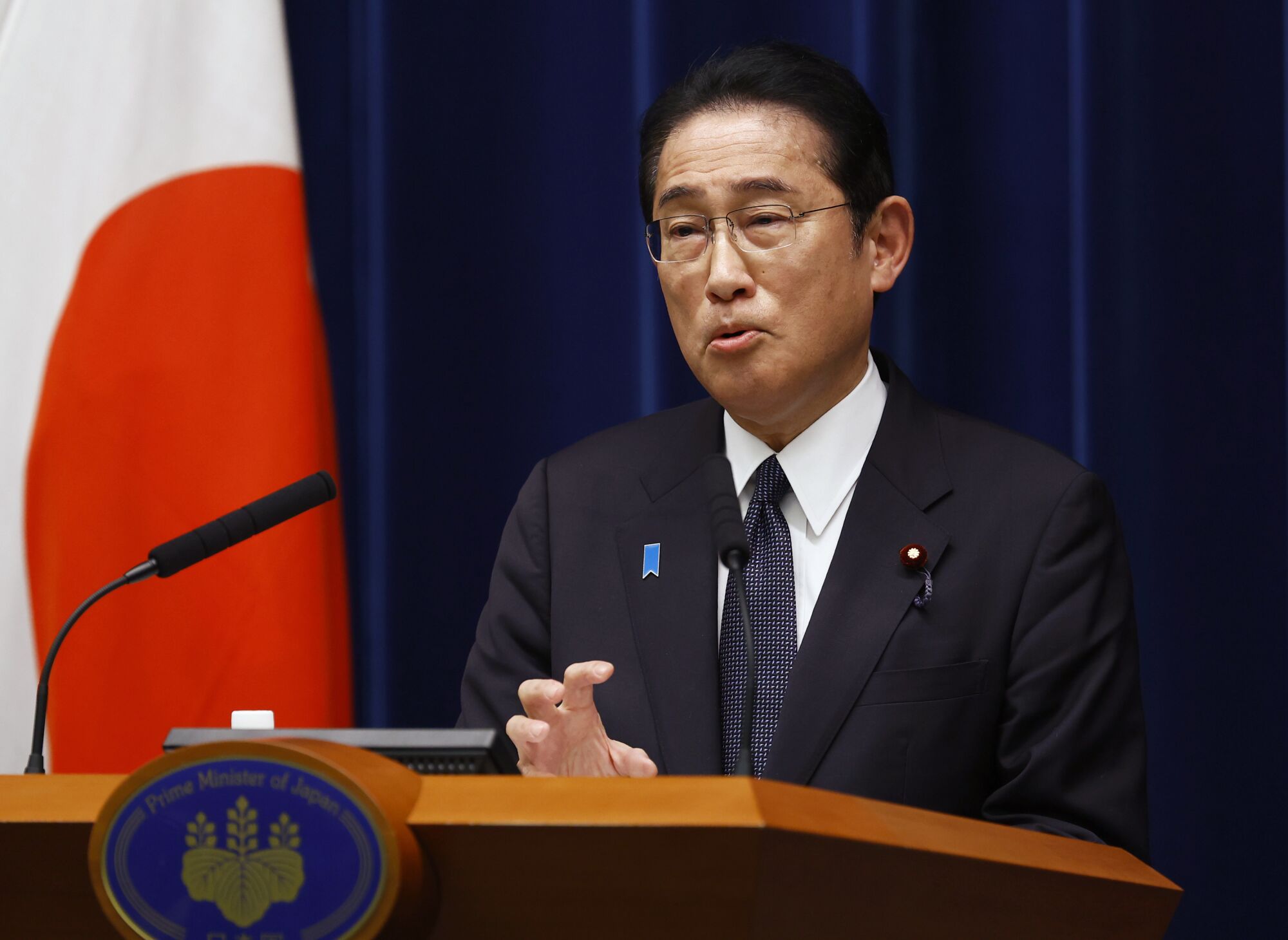
(Kim Kyung-Hoon / Pool photo)
“It is now or never when it comes to policies regarding births and child-rearing — it is an issue that simply cannot wait any longer,” he said in a policy speech in January. The following month, he made his own pilgrimage to meet with parents and officials in Nagi, which has a population of 5,700.
Since then, Nagi has hosted or scheduled visits by more than 100 delegations of assembly members and government workers from other parts of Japan, according to Takamasa Matsushita, the town’s director of information planning. Several South Korean officials also visited earlier this year amid growing alarm over their country’s 0.78 birth rate — the lowest in the world.
In the U.S., the fertility rate hit a record low of 1.64 in 2020 before rebounding slightly over the last two years. China, the world’s most populous nation before India overtook it earlier this year, recently recorded its first population decline in six decades.
Nagi’s defiance of those trends stems in part from having faced its own existential crossroads two decades ago, Mayor Masachika Oku said. In 2002, the town held a referendum on whether to consolidate with other neighboring cities, an initiative encouraged by the national government to streamline administrative operations.
Slightly more than half of the town’s residents voted against the proposal. But choosing to stand alone meant that Nagi had to dedicate more resources to nurturing its own population, then about 6,500, said Oku, 64, who was already serving as a local government official at the time.
The government cut funding on traffic safety, administrative reform and some health and fitness activities in order to allocate more money to helping families. In 2004, Nagi began offering free medical services for children until junior high school. It also started paying parents 100,000 yen, then about $1,000, for every child born after their second.
“People went through a big mental change when they chose not to merge with other municipalities,” Oku said, “because we had to survive as a town.”
Those family-friendly policies have since expanded. Medical care in Nagi is now free for youngsters through high school. The 100,000-yen incentive starts with the first child, not the third. And the town has added other policies to encourage families to have children, such as subsidizing child care, education costs and infertility treatments.
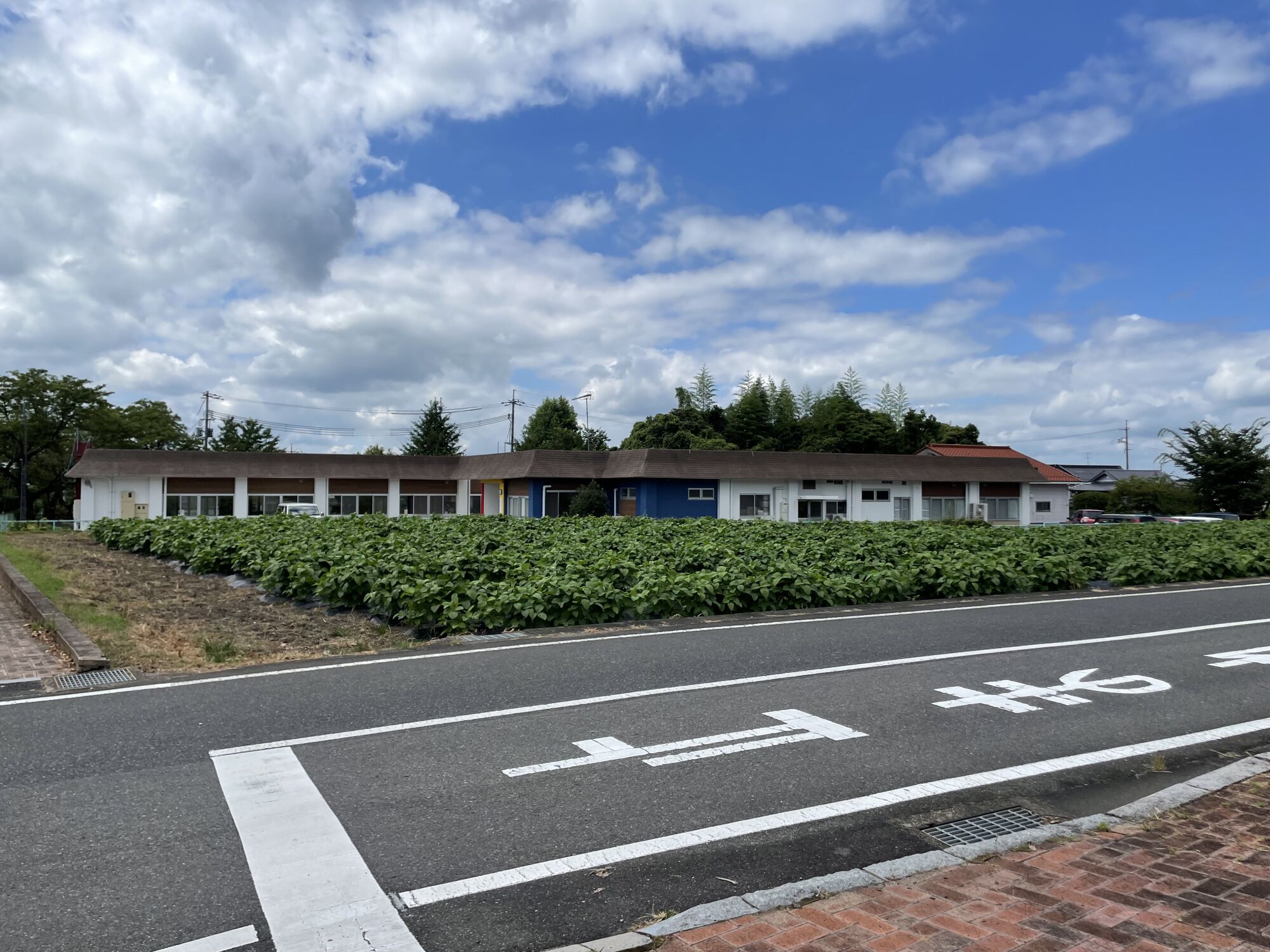
(Stephanie Yang / Los Angeles Times)
Beyond the savings from trimming administrative expenses, Nagi officials said their budget is buffered by millions of dollars in loans from the national government, meant to assist areas suffering from depopulation. The local military base, which occupies one-fifth of the town grounds, brings in subsidies that help offset the cost of maintaining public works.
The recent flood of visitors hasn’t hurt either.
On the tours — which cost about $70 per group and an additional $7 per person — Nagi officials attribute the town’s high fertility rate to both financial assistance and community initiatives that offer support to parents.
On a quiet recent morning, Genba, the mother of two, conversed with other moms at a child-care facility as they nursed and watched their toddlers play. Across the street, young children shouted and ran around their school playground, while the sound of cannons boomed from the nearby mountains.
Genba moved to Nagi eight years ago with her 2-month old daughter and husband, who works at the local industrial park. She was exhausted from the birth, and had no one to turn to with the anxieties that plagued her as a new mother.
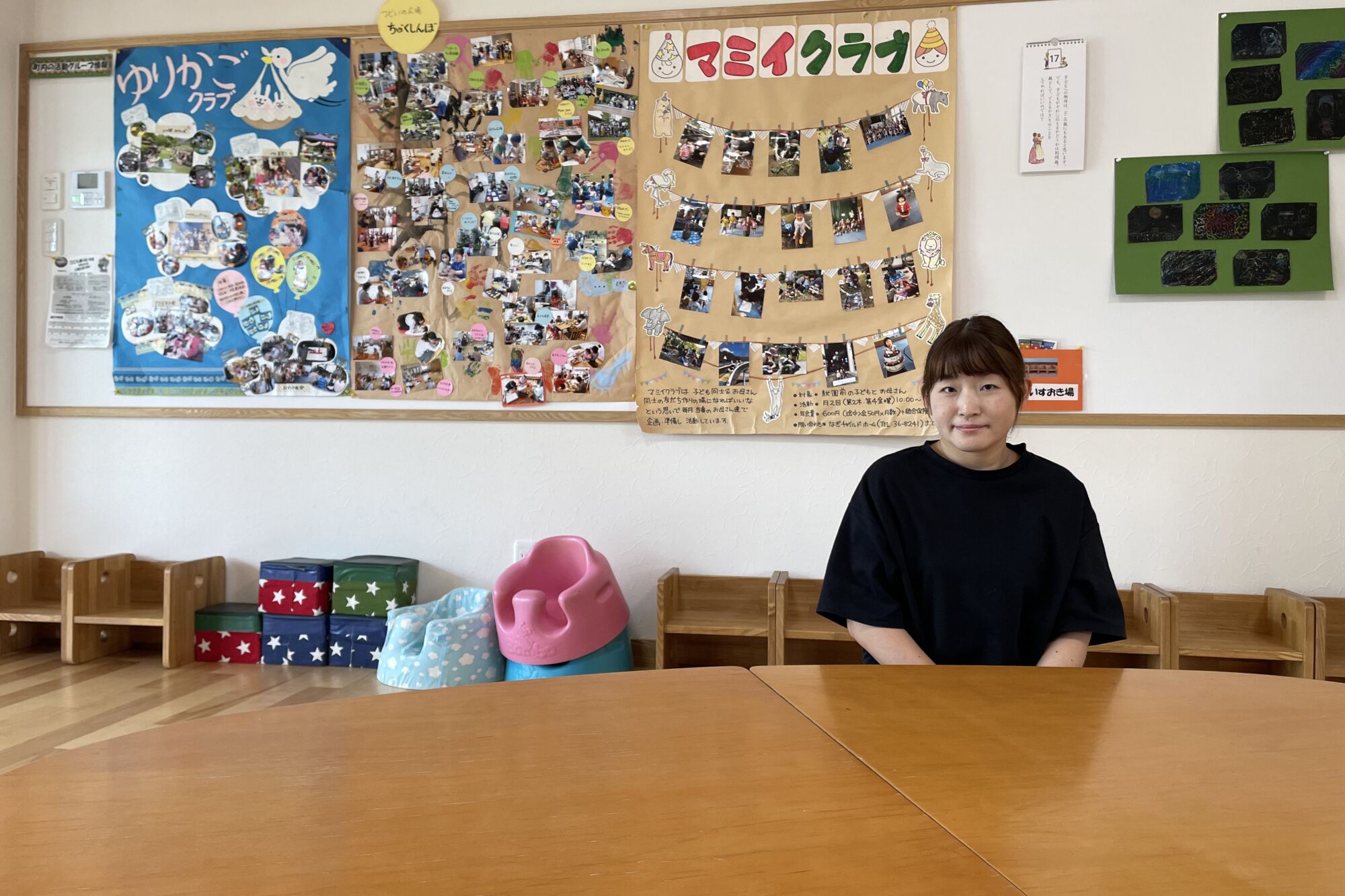
(Stephanie Yang / Los Angeles Times)
A few months later, she received a flyer for an event at Nagi Child Home, where parents could meet, play with their children and find temporary child care for about $2 an hour. With a dozen other mothers, she learned how to massage her baby, and took the opportunity to ask a question that had been weighing on her: Was her daughter drinking enough milk?
The others reassured her that her baby seemed healthy, and that there was no exact amount she needed to adhere to.
“I thought, ‘Oh, I don’t have to be so strict, I can relax a bit,’ ” said Genba, who now works at Nagi Child Home part time. “That gave me peace of mind.”
In April, the national government created the Children and Families Agency, with an annual budget of about $34 billion, to incentivize having kids.
Shigehito Nakahara, the agency’s policy coordinator, said the first thing the new bureau did was formulate a plan that includes mitigating the cost of child care, delivery, education and housing, while increasing lump-sum allowances for parents. The government has allocated an additional $24.5 billion to the new strategy over the next three years.
“The way of thinking in Nagi, which is to create a comfortable environment for child-rearing households by spending this money, is transferable to bigger municipalities,” he said.
One challenge will be how to assess and adjust these policies, Nakahara said, since such initiatives take years to bear fruit — decades, in Nagi’s case. Adding urgency is the compounding nature of declining birth rates, as a smaller population leads to fewer potential parents.
Some perks of small-town life will also be difficult to re-create in fast-paced cities, where younger generations are becoming more pessimistic about their economic prospects and spurning societal expectations to marry and have children.
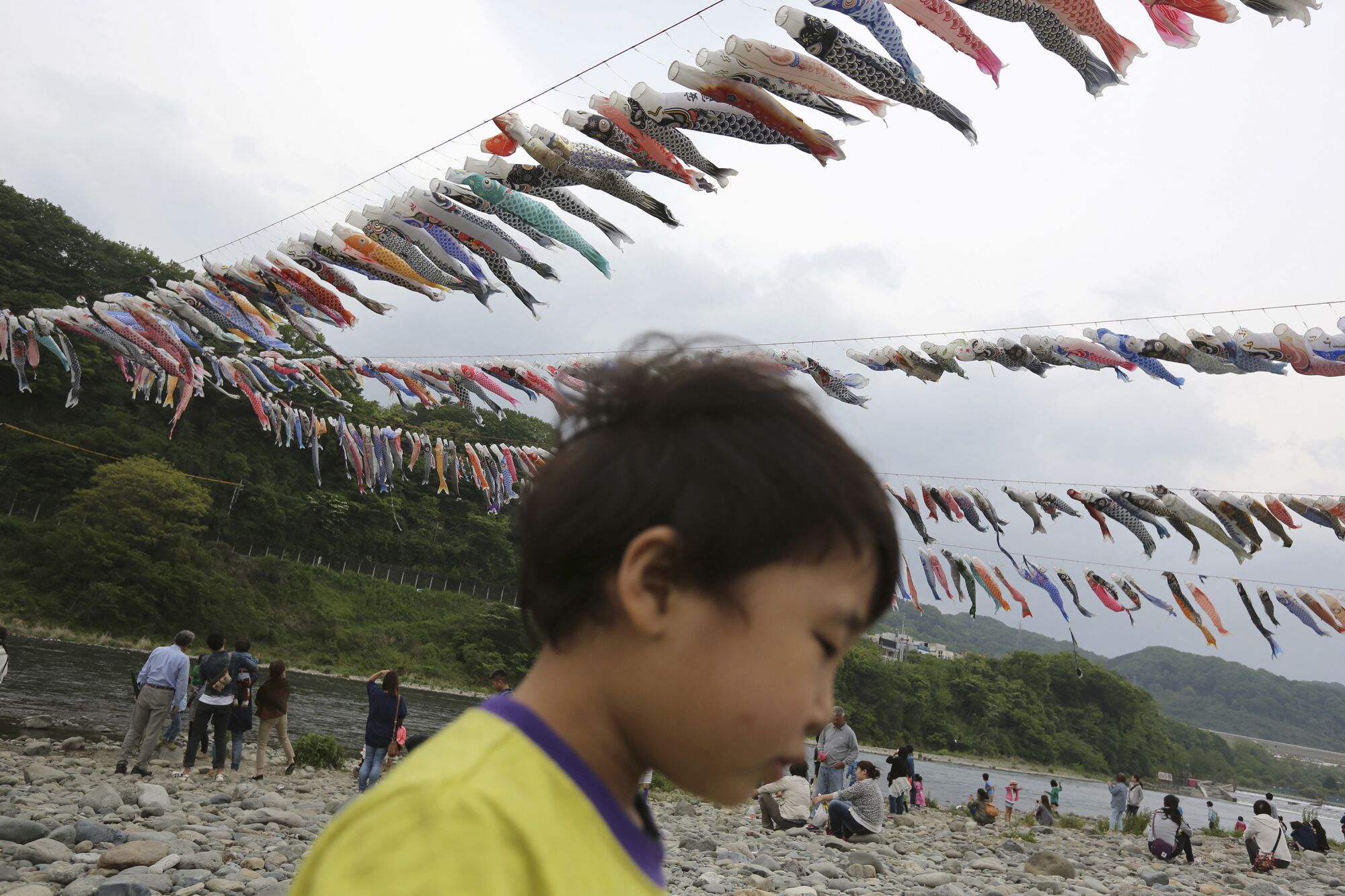
(Eugene Hoshiko / Associated Press)
Yuuka, a 22-year-old working in finance in Tokyo who declined to give her last name, said she and her friends have discussed eventually starting their own families. Even with government support, it seems like a daunting task.
“Life is getting harder for young people — they are too busy taking care of themselves,” she said. “Bearing and raising a child is becoming almost like a luxury.”
Such changing attitudes remain one of the biggest hurdles for improving birth rates, said Miho Iwasawa, director of population dynamics research at the National Institute of Population and Social Security Research.
“These specific measures alone didn’t lead to the number of children Nagi has now,” Iwasawa said. “The child-rearing support is beneficial. However, what really counts is the mindset of Nagi residents, which is that having a child is a good thing.”
The opposite outlook is spreading in other parts of Japan, said Iwasawa, who fears that the negative discourse around population decline and its causes will persuade even children themselves that having kids is a bad idea. One Tokyo newspaper for grade schoolers declared last month, “Emergency! Fewer children,” warning that the national birth rate had halved in four decades. On a recent field trip to her workplace, elementary school students peppered Iwasawa with questions about the difficulties of raising a family.
“We try to tell people how hard it is to raise children in Japan, because we need support,” Iwasawa said. “But too much negative information is given to young people. We have gone too far.”
Such troubles barely register in Nagi, 400 miles west.
Naomi Takamoto, 37, has spent most of her life in the town, formerly known best as the birthplace and inspiration of the creator of “Naruto,” a popular Japanese anime series featuring a wooded village of covert ninjas.
Her husband, who grew up in a nearby city, suggested they settle in Nagi after marriage because of its family-friendly reputation. She didn’t think have to twice about starting a family, never having doubted that Nagi would be a good place for it.
“Just like my husband, I have been told by people around me that Nagi is a good town for raising a child,” Takamoto said, holding her 18-month-old daughter. “Otherwise, I wouldn’t know about all of these things I should appreciate.”
Keywords
Newer articles
<p>Chinese officials say they "firmly oppose" the platform being divested.</p>
Ukraine ‘will have a chance at victory’ with new US aid, Zelenskyy says
Congress passes bill that could ban TikTok after years of false starts
Ukraine war: Kyiv uses longer-range US missiles for first time
Who will be Trump’s VP? A shortlist
How soon could US ban TikTok after Congress approved bill?
‘LOSING CREDIBILITY’: Judge explodes at Trump lawyers as case heats up
TikTok faces US ban as bill set to be signed by Biden
KANYE WEST PLANS TO LAUNCH 'YEEZY PORN' ... Could Be Coming Soon!!!
Megan Thee Stallion’s Ex-Makeup Guru Talks. It’s Not Pretty.
